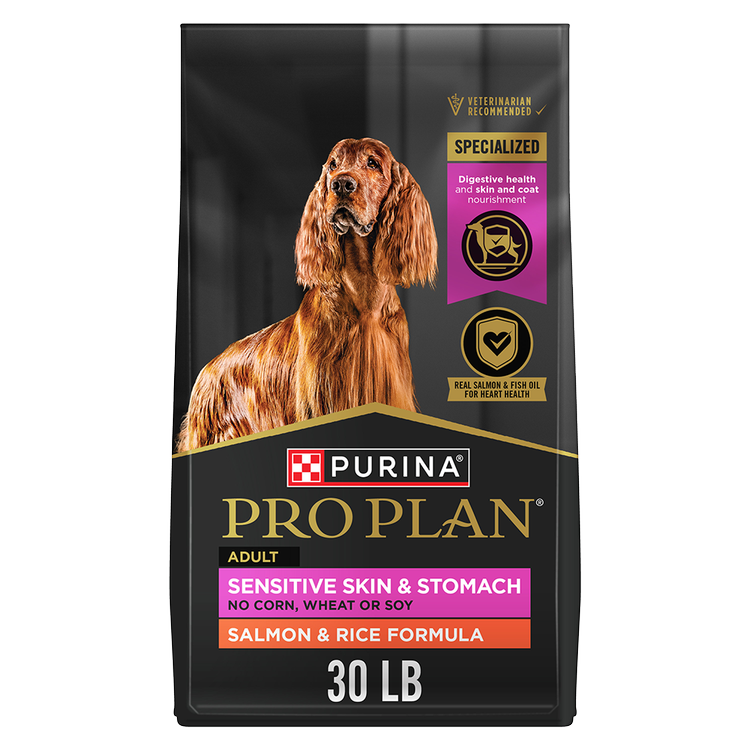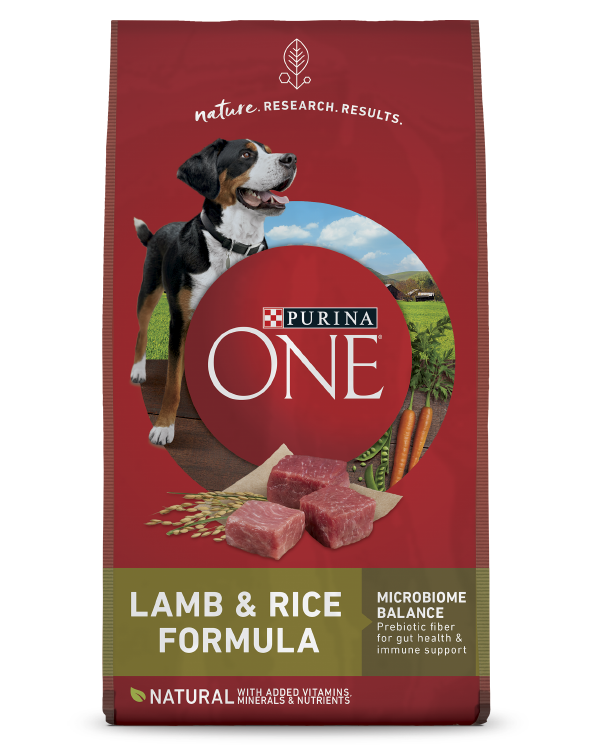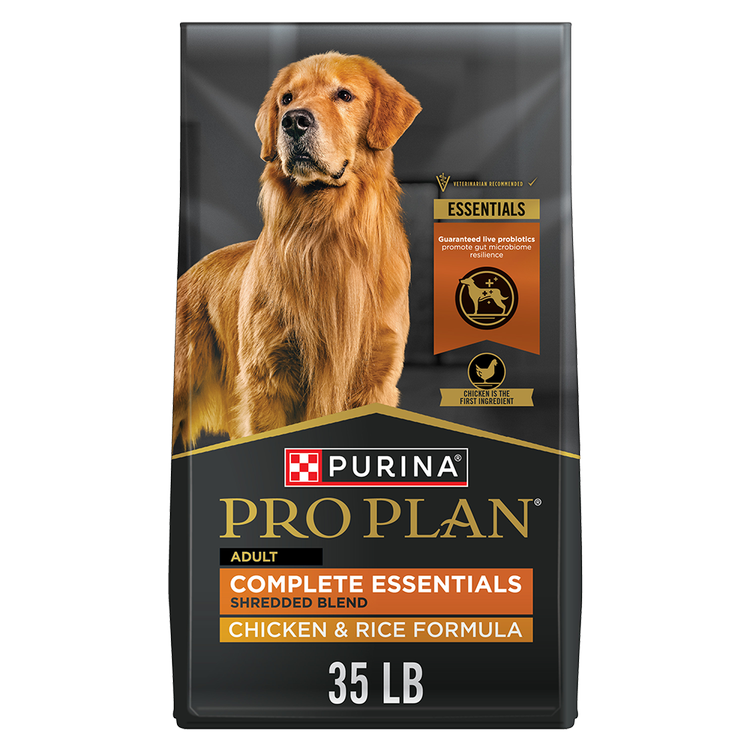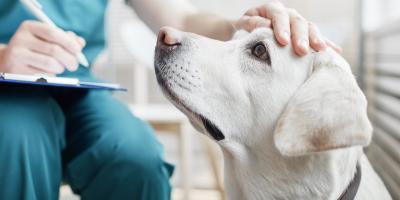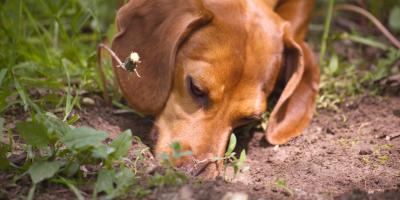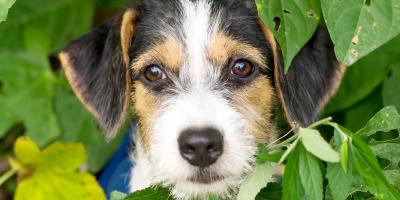What Does Healthy Dog Poop Look Like?


Healthy dog poop should be log-shaped and solid enough to maintain its form. Several factors can affect stool appearance, including diet, supplements, digestion, medical conditions and more.
It’s important to know what healthy dog poop looks like—or doesn’t look like—so you can be aware of any pressing health concerns.
If you’re wondering, What should my dog’s poop look like? here’s what you need to know.
What Should Dog Poop Look Like?
It depends on a few factors, including diet and health. Dog poop can take on a wide variety of shapes, sizes, colors and textures. Medications, supplements and your dog’s health can impact what their stool looks like, but it shouldn’t stray too far from being medium-brown in color, mostly solid and log-shaped.
Dog Poop Color
Chocolate brown is a healthy dog poop color. If your dog eats a lot of food of a particular color—blueberries or carrots, for example—you may see those shades in your dog’s poop.
Below are some possible colors and what they mean for your dog.
- Chocolate brown: The optimal dog poop color is chocolate brown. This color indicates your dog’s digestion is healthy and working properly.
- Green: This can mean your dog has been eating a significant amount of grass or may have a gallbladder issue.
- Orange or yellow: If you notice your dog’s poop is orange or yellow, this may be a sign of a liver issue.
- Red streaks: Red streaks in your dog’s poop may indicate fresh blood.
- Black: Black dog poop can be a sign of bleeding in the upper GI tract.
- Greasy and gray: Gray, greasy dog poop can indicate a biliary or pancreatic problem.
- White spots: If your dog’s poop has white, rice-like spots on it, this can point to the presence of worms.
If your dog’s poop is anything other than chocolate brown, contact your veterinarian. They may recommend waiting a few days to see if it improves on its own. If the stool is red or black, they may want to see your dog immediately for treatment.
Dog Poop Shape
Healthy dog stool should be log-shaped and maintain its form. If your dog’s poop is round, dry and pebble-like they may be dehydrated. Make sure they have access to plenty of water and are not in an excessively hot environment. You can also add wet food to their diet, as it often contains more than 80 percent moisture.
Dog Poop Size
Poop size is related to breed size, food intake and can be affected by the amount of fiber in your dog’s diet. The more fiber your dog eats, the bigger the poop size. Generally, the volume of your dog’s waste should be proportionate to the amount of food they are eating and the food’s digestibility. If this doesn’t seem to be the case, consider reaching out to your veterinarian to see if it’s a cause for concern.
What’s in My Dog’s Poop?
When you pick up your dog’s poop, stop and look for anything unusual. Mucus in dog poop often indicates an inflamed colon. A green color could mean they’ve been grazing on too much grass or may be having an issue with their gallbladder. Either instance is a good time to check in with your veterinarian.
Dog Poop Consistency
When you bend down to scoop your dog’s poop and feel its consistency through the plastic bag, take note. Dog poop should be compact, moist and easy to pick up—feeling a bit like Play-Doh when squished.
Dog diarrhea or watery feces can be a sign that something is amiss in your dog’s digestion. If your dog’s poop is hard or dry, it could be a sign of dog constipation. If the consistency of their poop seems off, make sure to discuss this with your veterinarian.
Causes of Dog Constipation
Several factors can cause dog constipation:
- Too much or too little dietary fiber
- Not enough exercise
- Blocked or infected anal glands
- Excessive self-grooming resulting in your dog ingesting hair
- Not enough grooming causing matted hair around your dog’s backside
- Objects like gravel, bones, plants or plastic caught in the digestive tract
- A side effect of medication
- Dehydration (a possible symptom of more serious diseases)
Causes of Dog Diarrhea
When it comes to why a dog might experience diarrhea, there are several potential factors, including:
- Stressful life event like adoption, the arrival of a new family member, moving homes, etc.
- Travel or boarding at a kennel
- Abrupt change in diet
- Eating human food
- New medication/antibiotics
- Drinking water from a puddle or stagnant pond
- Possible symptom of a disease
- Parasitic infection
If your dog has diarrhea or constipation for a prolonged period, speak to your veterinarian.
What Is Stress Diarrhea?
Dogs can suffer from diarrhea just like humans do. Stress diarrhea in pets is a common response to stress or anxiety. That is, your dog’s diarrhea might happen because they’re worried about something. Examples of stressful situations that can trigger digestive problems in dogs are wide-ranging – and it depends on what your dog finds particularly anxiety-inducing.
For example, if you have a new dog or puppy, moving into a new house can be a big cause of stress for them and this stress can lead to tummy upsets. In this case, you should make any dietary changes very gradually during this time over a week to 10 days and seek your veterinarian’s advice if things don’t improve.
What Causes Stress Diarrhea in Dogs?
Stressful situations that may trigger stress diarrhea in dogs include:
- Adoption
- Boarding
- Separation from their caretakers
- Changes in their household or environment
- The introduction of a new pet or family member
- Noisy events like thunderstorms or fireworks
How to Reduce Your Dog’s Risk of Stress Diarrhea
Your dog will be less at risk of stress diarrhea if you ease them into changes gradually and make tensions as smooth as possible. Some vets may recommend a probiotic supplement, which adds beneficial bacteria to your dog’s intestine to restore balance.
Probiotic supplements can also be used if you know a stressful situation is coming up. This way, you may prevent the problem before it starts.
What to Do if There is Blood in Your Dog’s Stool
Seeing blood in your dog’s poop, which often looks like red streaks, can be alarming. If this happens, be proactive and talk with your veterinarian.
This could be the sign of a slight tear or trauma on your dog’s bottom or rectum. It could also be from inflammation and irritation in the distal part of the colon. Check your dog’s bottom and see if there are any obvious causes.
Bright red blood in dog poop indicates fresh blood. Sometimes this results from problems inside the bowel. Bloody stool can also be runny, but not always. It’s best to have any bleeding checked out by your veterinarian and bring along a stool sample if you can.
Why Does My Dog’s Poop Change After They Start a New Food?
Have you ever noticed your dog’s poop change after you change their dog food? If so, it’s usually not a cause for alarm. Just like us humans occasionally experience a period of adjustment after eating a new cuisine, your dog can have a similar reaction when they eat new food.
To help avoid dietary upset, make a slow, measured change from their old food to their new food over a 7- to 10-day period.
How to Promote Your Dog’s Digestive Health
Don’t wait until your dog has digestive issues. Here are some proactive steps you can take today:
- Pay attention to your dog’s poop and how often they’re going (twice a day is typical)
- Take note of blood or mucus in their poop
- Talk to your veterinarian about any changes you see
- Promote your dog’s digestive health with a veterinary-recommended probiotic
Explore our Pet Expertise page to get more information and advice from our pet experts.
Related articles

Reward Yourself with myPurina
Earn and redeem rewards for Purina products with the myPurina app.

